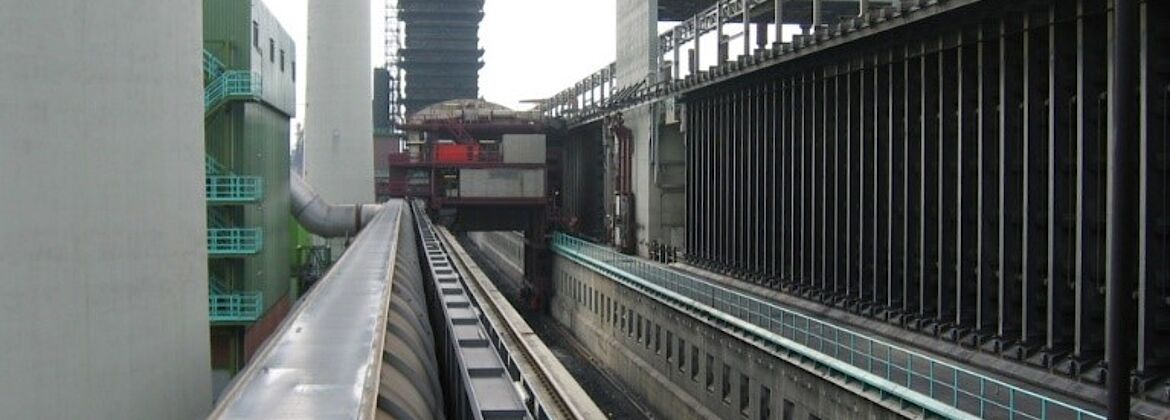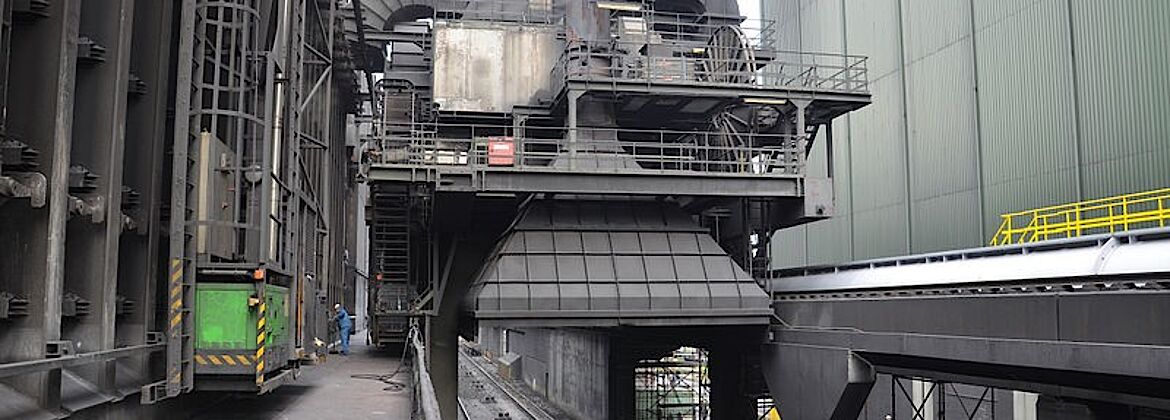Expert Body for Emission and Immission control
Immissions
Continuous immission measurements of air pollutants in combination with emission-side information and meteorological data allow a detailed interpretation and evaluation of air-hygienic parameters. This includes, for example, the examination of immission values and other statistical parameters or the interpretation of typical daily, weekly and annual variations of air pollutants.
Within the scope of immission measurements, we determine:
- inorganic gases, e.g. nitrogen dioxide, sulphur dioxide
- dust, e.g: Particulate matter of the fractions PM10 and PM2.5
- Dust constituents and chemical compounds adsorbed to dust such as metals, polycyclic aromatic
- hydrocarbons (PAH; incl. benzo[a]pyrene as a component)
- Organic gaseous compounds such as benzene, toluene, ethylbenzene and xylene (BTEX).
All measurements can be carried out continuously or as random samples for concentration determination or as deposition measurements. The trace substance measurements can be supplemented by extensive meteorological measurements, for example to carry out polluter analyses (trace substance wind roses) or to generate meteorological time series for use in dispersion calculations.
The further range of services offered by DMT's specialist unit for emissions and immissions includes
- Emission surveys of coking plants (visual inspections according to EPA 303)
- the determination of fugitive emissions from the handling, storage and transport of dusty goods
- construction site monitoring for the determination of fugitive emissions of fine (PMx) and coarse dust (dust precipitation)
- Determination of dusting indicators (necessary, among other things, for the determination of fugitive dust emissions from bulk material dumps)



